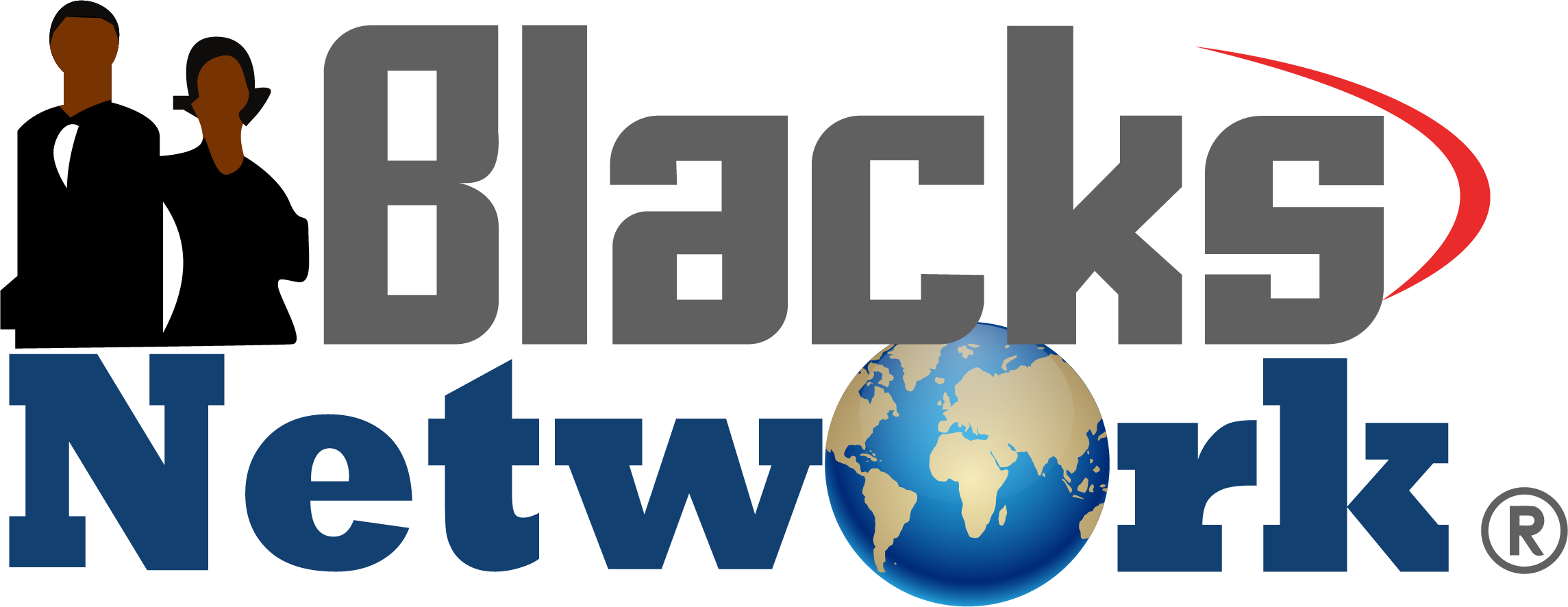আবিষ্কার করুন পোস্ট
探索【寶路煙彈】的獨特風味,為您帶來卓越的吸煙體驗!選擇我們的產品,享受每一口煙草的純粹與精緻。更多詳情請訪問:https://www.iqos-terea.com/marlboro。
.
#寶路煙彈 #吸煙體驗 #iqos #煙彈

Google Career Certificates are an integral part of The Grow with Google program, which draws on Google’s 20-year history of developing products, platforms, and services that support people and businesses in growing. #google Data Analytics Certification https://iimskills.com/google-d....ata-analytics-certif
Why the Essentials hoodie black is a Must-Have | #essentials hoodie #essentials clothing #1977 essentials hoodie
Join the CAIP certification program to explore the exciting future of AI. Understand its impact on jobs, communities, and the environment. Stay ahead with insights into the most promising AI trends. Enroll now in AI certification to start your journey today to become a certified Artificial intelligence professional.
https://101blockchains.com/cer....tification/certified
7 Things to Consider While Writing Coursework - Guide for Graduate Students | #coursework for graduate #coursework writing #writing #coursework










 1 (877) 773-1002
1 (877) 773-1002